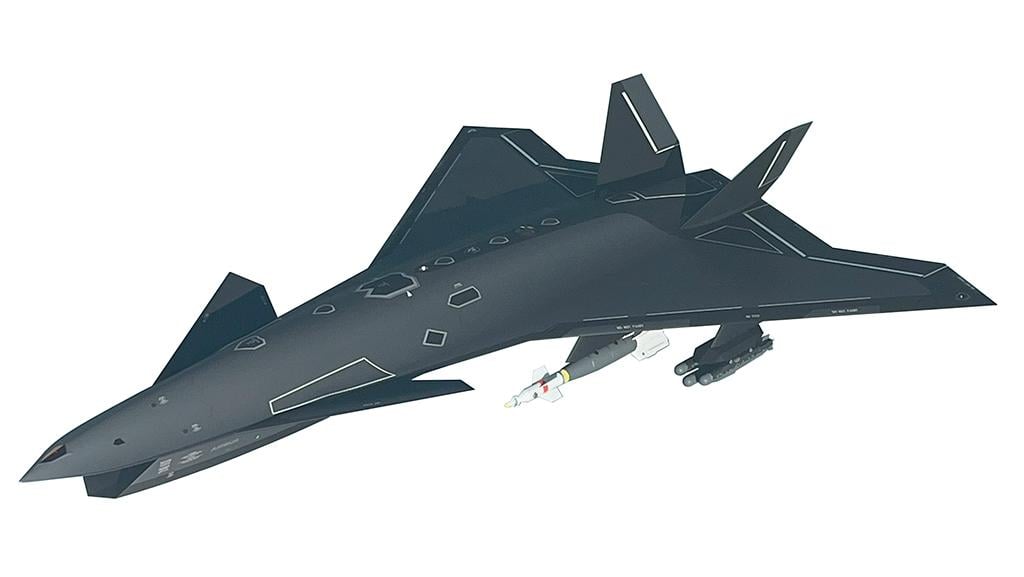
Wingman builds on Airbus’ experience with the Barracuda UAS and LOUT stealth UAS testbed work.
Credit: Airbus Defense and Space Concept
German industry is accelerating efforts to introduce uncrewed collaborative combat platforms. While Berlin has made the fielding of such capabilities a key component of its Future Combat Air System (FCAS) effort with France and Spain, industry is suggesting that Germany’s military chiefs do not wish...
Germany Accelerates Remote Carrier Capability Development is available to both Aviation Week & Space Technology and AWIN subscribers.
Subscribe now to read this content, plus receive critical analysis into emerging trends, technological advancements, operational best practices and continuous updates to policy, requirements and budgets.
Already a subscriber to AW&ST or AWIN? Log in with your existing email and password.





